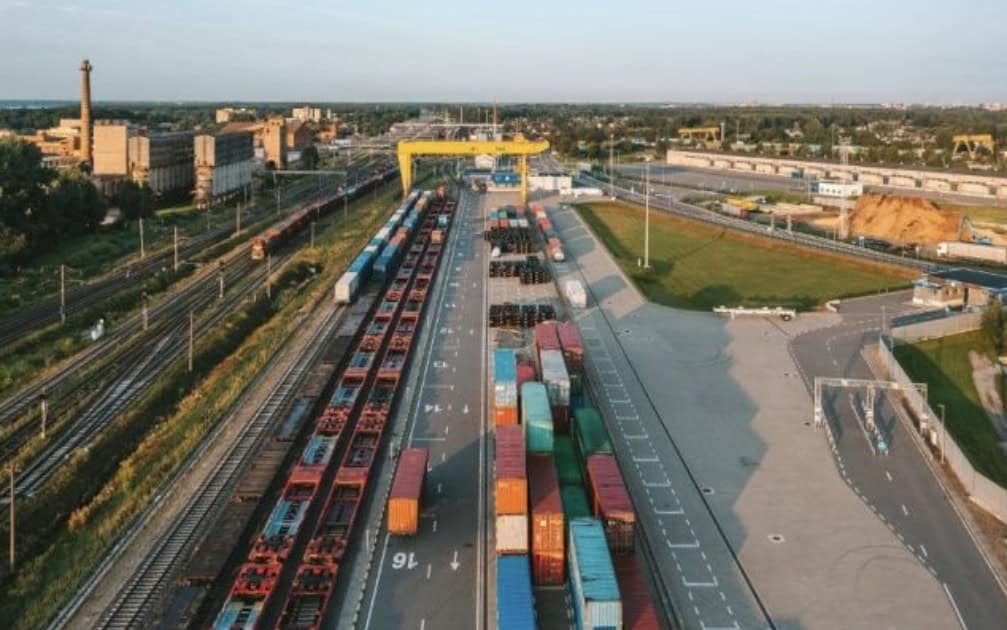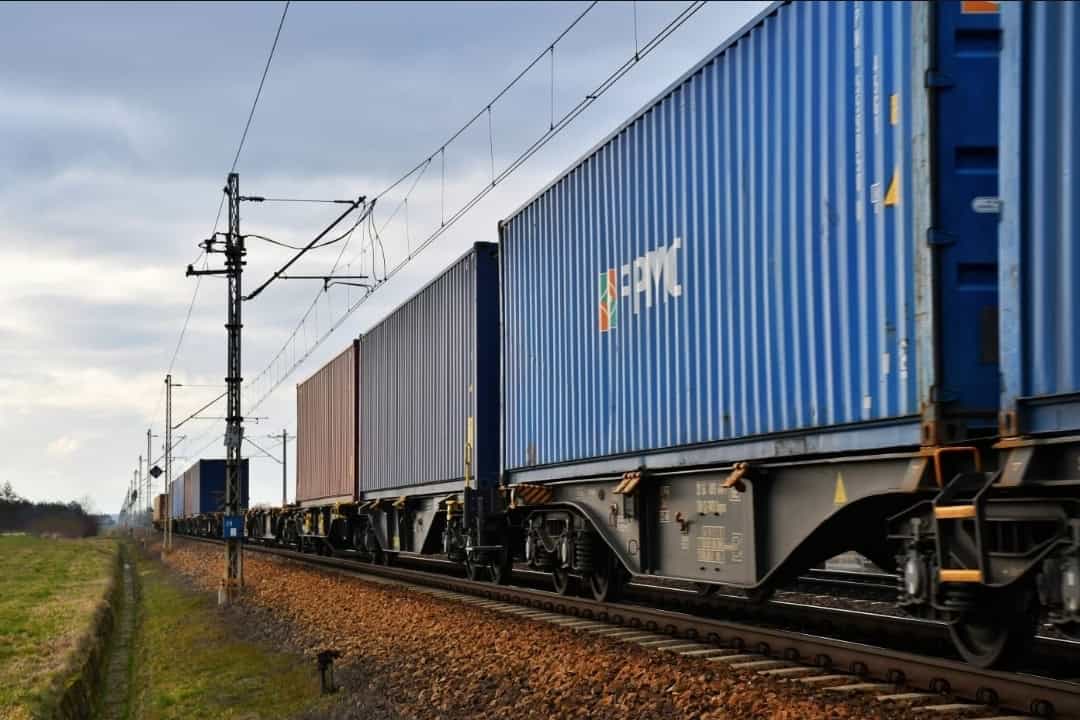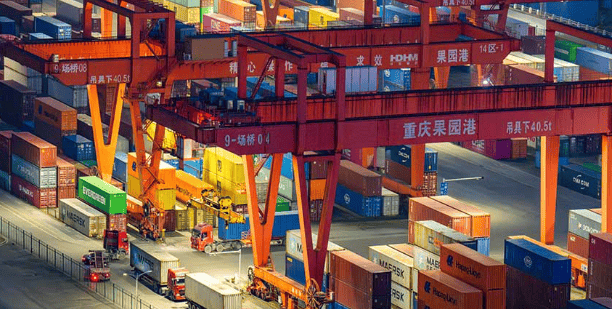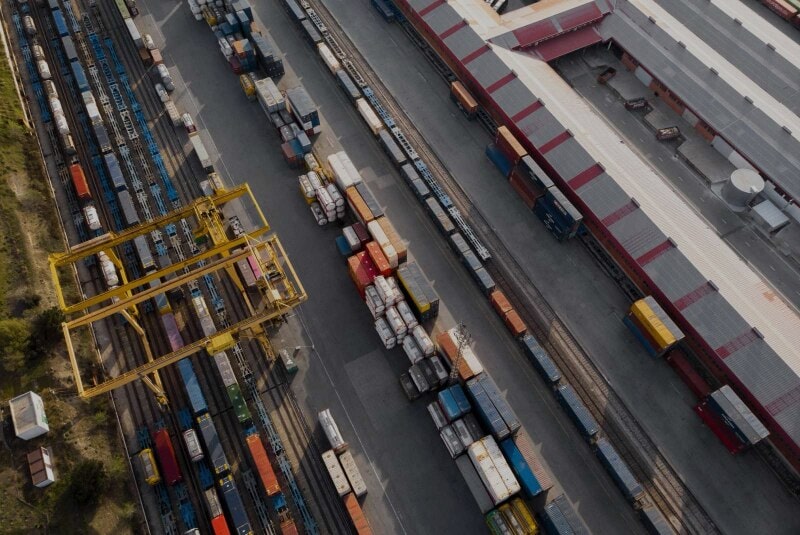This year marks the tenth anniversary of the launch of two key logistics infrastructure hubs in Lithuania – the intermodal terminals in Vilnius and Kaunas. These facilities were established as projects of strategic economic importance to the state, aimed at promoting sustainable transport solutions and optimizing freight flows not only in Lithuania but across the entire Baltic region.
Different Directions – One Goal
The Vilnius Intermodal Terminal (VIT) was designed to handle East–West freight flows, while the Kaunas Intermodal Terminal (KIT) plays a crucial role along the North–South axis. The European railway project “Rail Baltica” has been especially significant here, opening up opportunities for freight transport to Western Europe. Both terminals were developed as part of Lithuania’s national transport system development strategy.
Vytis Žalimas, CEO of “LTG Infra,” a company within the LTG Group responsible for railway infrastructure management, emphasizes that both the Vilnius and Kaunas terminals are not just logistics infrastructure elements but also strategic “dry ports” that enable more efficient freight flow management.
“Both terminals not only reduce the load on the seaport in Klaipėda but also cut down heavy road traffic on city roads and streets. This is undoubtedly a significant contribution to environmental protection and the sustainable development of transport,” Žalimas notes.
He also adds that the terminals’ infrastructure is being continuously developed. For example, last year the Kaunas terminal began operating its first mobile container handler – a 77-ton Swedish-made Konecranes SMV 4628 CC5 worth nearly €700,000. This is a major step toward boosting efficiency and expanding the terminal’s service offering. The handler is versatile – capable of lifting containers and trailers weighing up to 46 tons. Until now, such mobile devices operated only in Vilnius and Klaipėda. By 2027, infrastructure investments worth €26.5 million are planned in Palemonas.
Impressive Cargo Volume
The Vilnius Intermodal Terminal, located next to the Vaidotai railway station, covers an area of 8 hectares and is the largest facility of its kind in Lithuania. The Kaunas terminal covers 5 hectares.
VIT and KIT were built in strategically located areas – near major rail and road routes. They ensure smooth integration of different transport modes – land, air, and water – and are well connected to European transport corridors. In addition to economic benefits, these centers help reduce environmental pollution by supporting sustainable freight transport methods.
Over the decade, both terminals have handled tens of thousands of containers and various types of cargo. Currently, the Kaunas terminal’s maximum capacity reaches up to 200 operations per day, while Vilnius handles up to 170.
Cargo Includes Everything – From Agricultural Machinery to Yachts
One of the most memorable operations was the transshipment of the ship Vytautas Didysis. This vessel, part of the National Expedition, required exceptional care and precision during transport. It was moved from the terminal to Poland, from where it set sail on the Vistula River.
Besides civilian use, the terminals also play a key role in enhancing national security and ensuring military mobility. They serve as additional locations for loading military cargo, enabling fast and secure transportation of military equipment both during peacetime and in emergency situations.
Future Prospects – Sustainable Development
According to V. Žalimas, intermodal rail transport will continue to grow, despite technological advances in road transport.
“Fuel efficiency and CO2 emission reduction trends will remain relevant, so terminals will continue developing their services and implementing modern solutions that meet customer expectations. This demonstrates Lithuania’s commitment to strengthening its position in the international logistics system and contributing to building a sustainable future,” says Žalimas.
He also adds that over the past decade, VIT and KIT have become an integral part of Lithuania’s logistics system and strategic nodes on Europe’s transport map.
“Sustainable solutions, reliable infrastructure, and the growing scale of transportation show that the era of intermodal transport in Lithuania is just gaining momentum,” the head of LTG Infra concludes.



